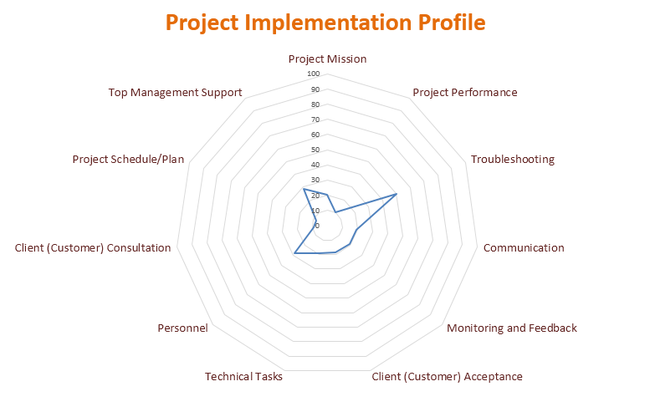
After a presentation to a group of secretaries, they love this feature. Hope you can benefit from the awareness on this feature in our email clients.
Time is always not enough for project personnel. Many of us used calendar to schedule meeting, set reminder and etc. There is one simple function in any email clients that we have undermined - multiple calendar. This feature can be found in both Microsoft Outlook and Gmail.
Benefits of Multiple Calendar
- Group relevant events, which allow easy hide/ show (e.g. different project, different department)
- Easily share relevant events to respective people without worrying sharing too much details
- Allow delegatee to co-manage relevant events
Feel free to drop your comments/ suggestion below. And, I will love to share more details with everyone.
Signing-off, Tai Choo Tack








 RSS Feed
RSS Feed


